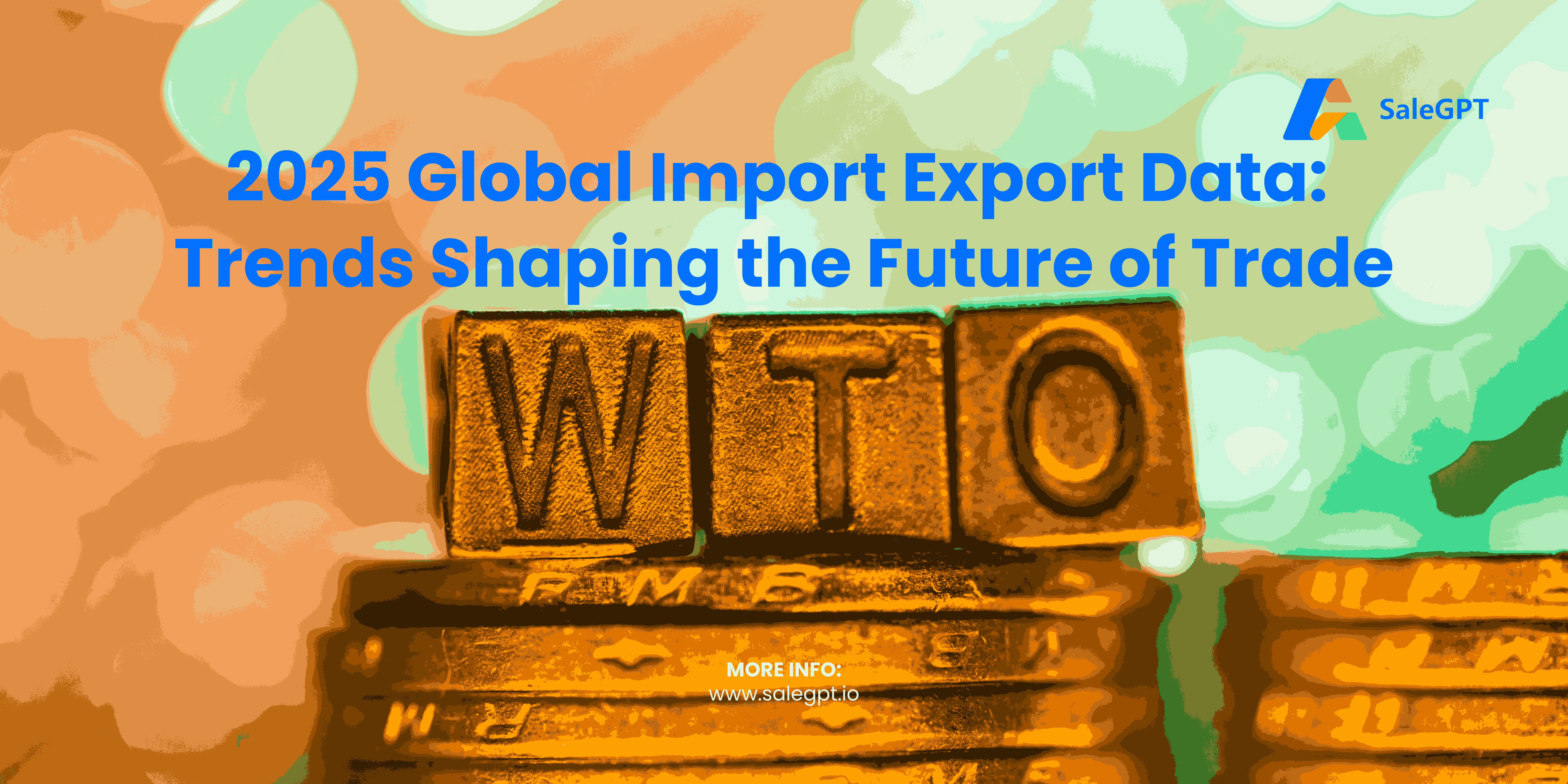Comprehensive Analysis of Global Trade Trends for 2025
Introduction
Global trade remains the backbone of the international economy, connecting businesses across borders and driving economic growth. To understand the dynamics shaping 2025, we’ve combined data from leading trade organizations, economic reports, industry research, and trade news. This analysis provides actionable insights into global import and export trends, empowering businesses to make informed decisions.
1. Key Sources for Global Trade Analysis
a) International Trade Data
Reliable trade statistics form the foundation of any analysis.
- World Trade Organization (WTO):Provides global import and export data, highlighting value trends for key commodities.
- International Trade Centre (ITC):Offers detailed Trade Map data for tracking specific goods across countries.
- World Bank:Publishes annual reports analyzing global trade patterns and economic linkages.
b) Regional Economic Reports
Understanding regional trends gives businesses a competitive edge.
- Asian Development Bank (ADB):Analyzes trade dynamics within the Asia-Pacific region.
- USITC and USMCA:Reports on North American trade activities, with insights into the effects of the USMCA.
- Eurostat:Offers insights into European trade strategies and market performance.
- African Development Bank (AfDB):Explores trade and infrastructure developments in African economies.
c) Industry Research Reports
Leading consultancies provide valuable market insights:
- McKinsey:Explores global supply chain trends and future challenges.
- Deloitte:Offers insights into trade and logistics developments.
- Statesman:Delivers comprehensive data on global trade and commodity flows.
d) Public Trade News and Analysis
Trade news platforms monitor real-time developments:
- Bloomberg,Reuters, andFinancial Times:Publish timely updates on international trade trends.
- DHLandMaersk:Share reports on logistics and shipping trends that impact global trade.
e) Projections and Industry Insights
Looking forward to 2025:
- Historical trade data trends inform predictions about export and import dynamics in different regions.
- Commodity classifications are based on open-source economic and industry reports, ensuring accurate analysis.
2. 2025 Global Trade Trends: Key Takeaways
a) Emerging Market Growth
- Infrastructure investments in Asia, Africa, and South America are accelerating.
- Examples: Vietnam and Kenya are expanding their roles in supply chains due to competitive costs and policy incentives.
b) Sustainability and Trade
- Regulations like the EU’s CBAM are prompting exporters to adopt greener practices.
- Businesses investing in sustainable supply chains are gaining market advantages.
c) Technology’s Role in Trade
- Real-time tracking, predictive analytics, and blockchain integration are revolutionizing trade transparency.
- Example: AI-driven trade platforms likeSaleAIempower businesses with precise insights.
d) Regional Variations
- Asia-Pacific:Dominates in electronics and machinery exports; rising import demand for energy and agriculture.
- North America:Focuses on high-value goods and benefits from USMCA efficiencies.
- Europe:Leads in pharmaceuticals and luxury goods, emphasizing sustainability.
- Africa:Natural resources dominate exports, while imports reflect growing industrialization.
3. Leveraging Trade Data for Business Growth
Businesses can unlock growth by effectively utilizing trade data:
- Market Insights:Tools likeSaleAIprovide detailed regional and product-specific data to identify emerging opportunities.
- Supply Chain Optimization:Real-time analytics minimize costs and improve operational efficiency.
- Competitor Analysis:Export and import data offer insights into competitor strategies.
- Compliance and Regulation:Data on tariffs and environmental standards ensure seamless international operations.
Conclusion
Understanding global trade trends is crucial for navigating the complexities of international markets. With insights from leading trade organizations and advanced platforms likeSaleAI, businesses can harness data to drive growth, reduce risks, and seize opportunities.






